Blog
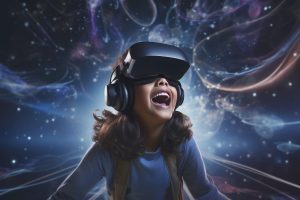
How Children Will Shape the Future of AI
Artificial intelligence (AI) is advancing at an extraordinary pace, impacting nearly every industry and aspect of daily life. Breakthroughs in technologies like machine learning, natural language processing (NLP), and robotics

The GenAI Show: Empowering the Next Generation of AI Leaders
In an era where artificial intelligence (AI) is rapidly transforming industries, the ability to harness its power creatively and responsibly is becoming essential. The future of AI will be driven
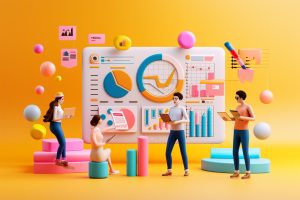
How Generative AI is Redefining Marketing Efforts
In today’s rapidly evolving digital landscape, Generative AI has emerged as a game-changer for marketing. The capacity of AI to generate creative content, streamline operations, and deliver personalized experiences is
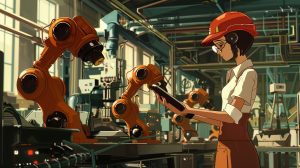
The Transformative Impact of Generative AI in the Manufacturing Industry
The manufacturing industry is witnessing a seismic shift, driven by the integration of advanced technologies such as Generative Artificial Intelligence (AI). This technology is not merely a tool for improvement
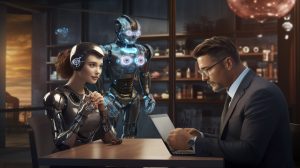
How Will AI Affect Jobs: A Comprehensive Look at the Future of Work
The rise of Artificial Intelligence (AI) continues to spark significant discussions about the future of work. According to a report by Goldman Sachs, AI could replace the equivalent of 300
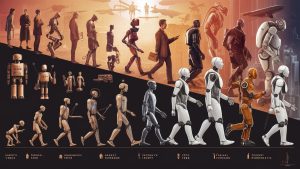
Exploring the History and Evolution of AI
Artificial intelligence is a specialty within computer science that is concerned with creating systems that can replicate human intelligence and problem-solving abilities. They do this by taking in a myriad
